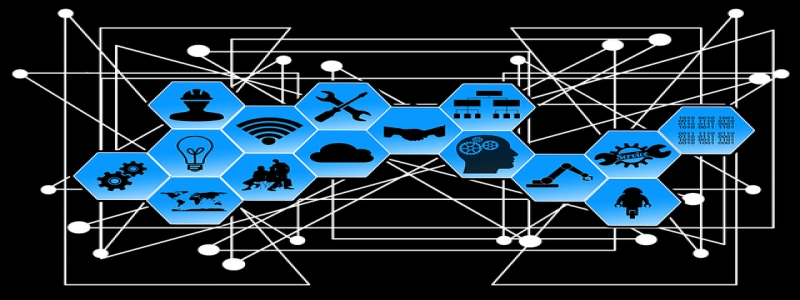Raspberry Pi Power over Ethernet
I. Introduction
Power over Ethernet (PoE) is a technology that allows the transfer of electrical power along with data through Ethernet cables. This technology has gained popularity in recent years due to its convenience and cost-effectiveness in various applications. In this article, we will explore the implementation of Power over Ethernet in Raspberry Pi devices.
II. What is Raspberry Pi?
Raspberry Pi is a series of low-cost, single-board computers that can be used for a wide range of projects, such as home automation, media centers, and robotics. It is a powerful and versatile device that has become a favorite among hobbyists and professionals alike.
III. Powering Raspberry Pi with PoE
Traditionally, Raspberry Pi devices were powered using a separate power adapter connected to a power outlet. However, with the inclusion of PoE support in newer models, it is now possible to power a Raspberry Pi device using the Ethernet cable itself, eliminating the need for a separate power adapter.
IV. How does PoE work?
PoE technology works by combining power and data signals into a single Ethernet cable. This is achieved through the use of a PoE injector or switch, which injects electrical power into the network cable. The Raspberry Pi device must also have PoE support, typically in the form of a PoE hat or an add-on board.
V. Benefits of PoE for Raspberry Pi
1. Simplified setup: With PoE, there is no need for additional power cables or adapters, making the setup process simpler and more streamlined.
2. Cost-effective: PoE eliminates the need for multiple power adapters, reducing overall costs.
3. Flexibility: PoE allows for greater flexibility in device placement, as Raspberry Pi devices can be installed in locations without easy access to power outlets.
4. Remote power management: PoE enables remote power management, making it easier to monitor and control Raspberry Pi devices from a central location.
VI. Implementing PoE in Raspberry Pi
To implement PoE in Raspberry Pi, the following steps can be followed:
1. Obtain a Raspberry Pi model with PoE support or add PoE support to an existing Raspberry Pi device using a PoE hat or an add-on board.
2. Connect the Ethernet cable from the PoE injector or switch to the Raspberry Pi device.
3. Connect the PoE injector or switch to a power source.
4. Power on the Raspberry Pi device and configure network settings as required.
VII. Conclusion
Power over Ethernet is a convenient and cost-effective solution for powering Raspberry Pi devices. By eliminating the need for separate power adapters, PoE simplifies the setup process and provides greater flexibility in device placement. With the growing popularity of PoE technology, more Raspberry Pi models are incorporating PoE support, making it easier than ever to implement this technology in your projects.








